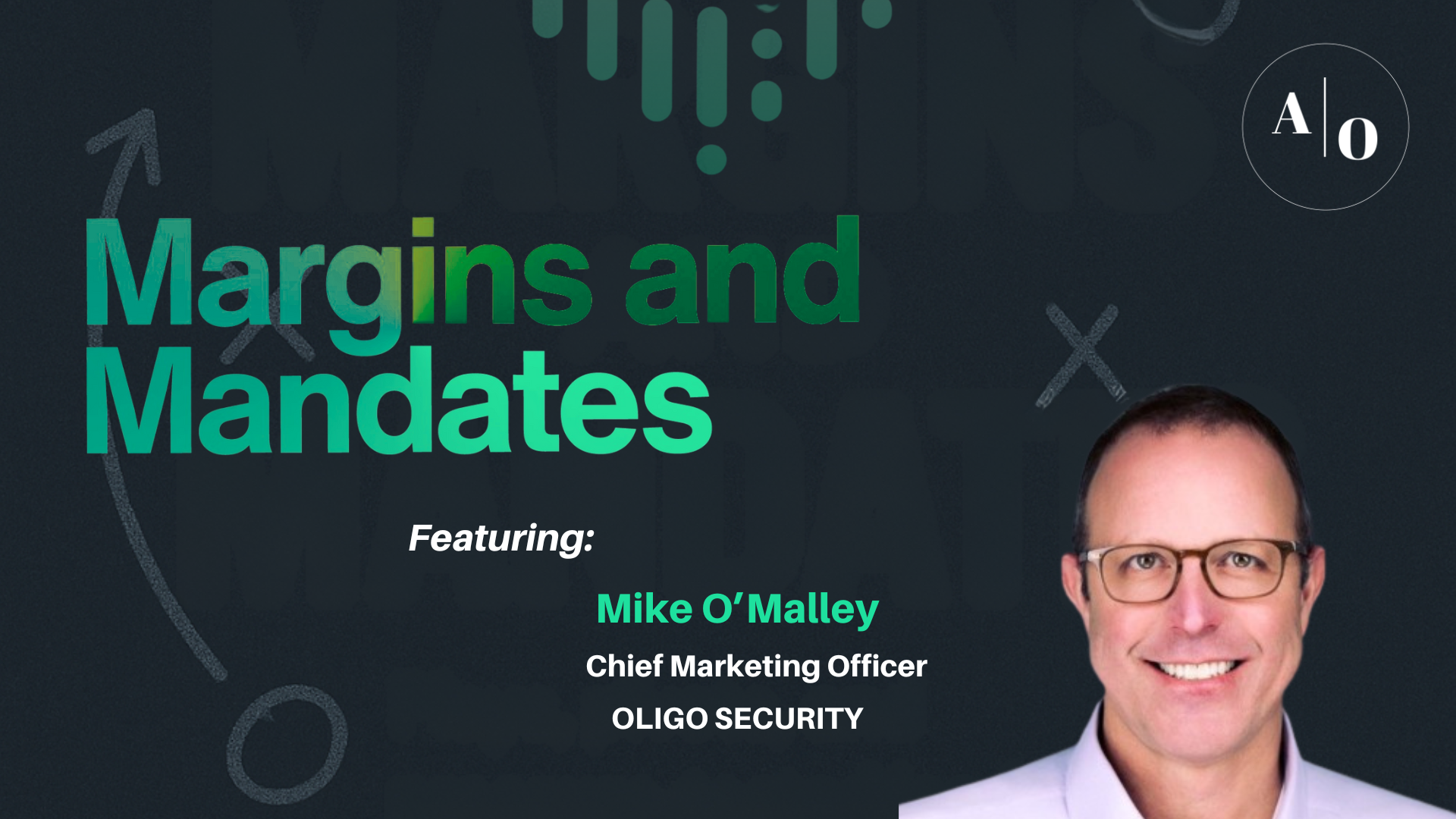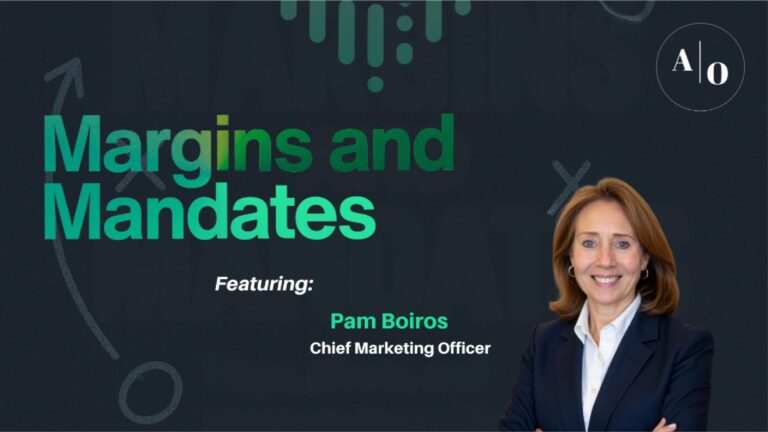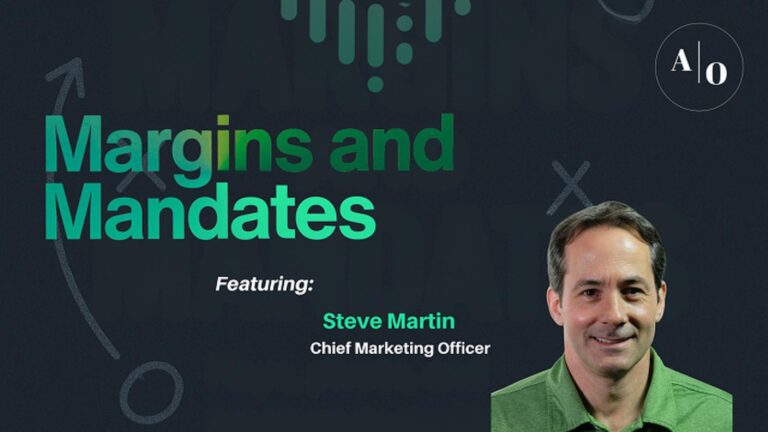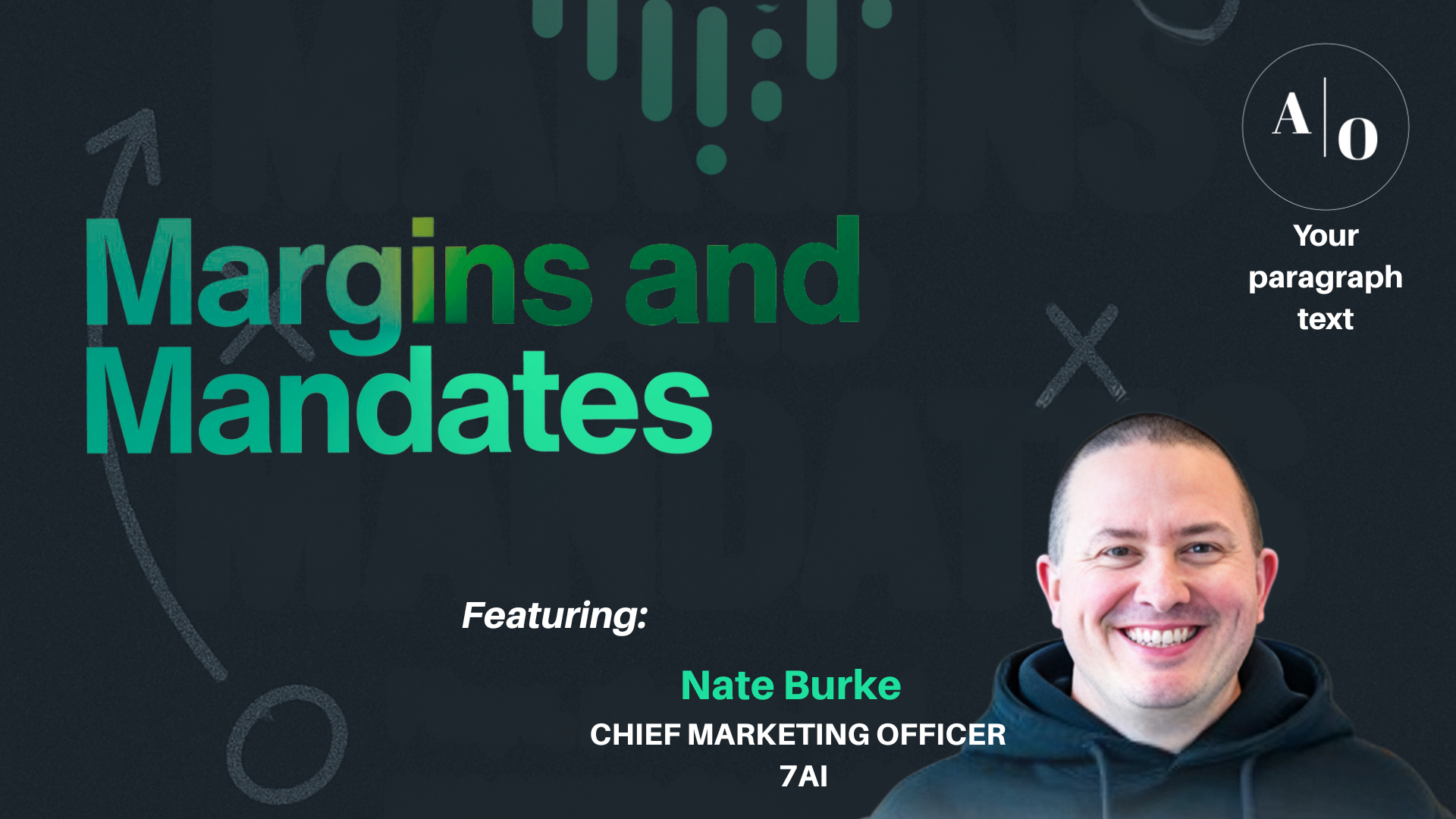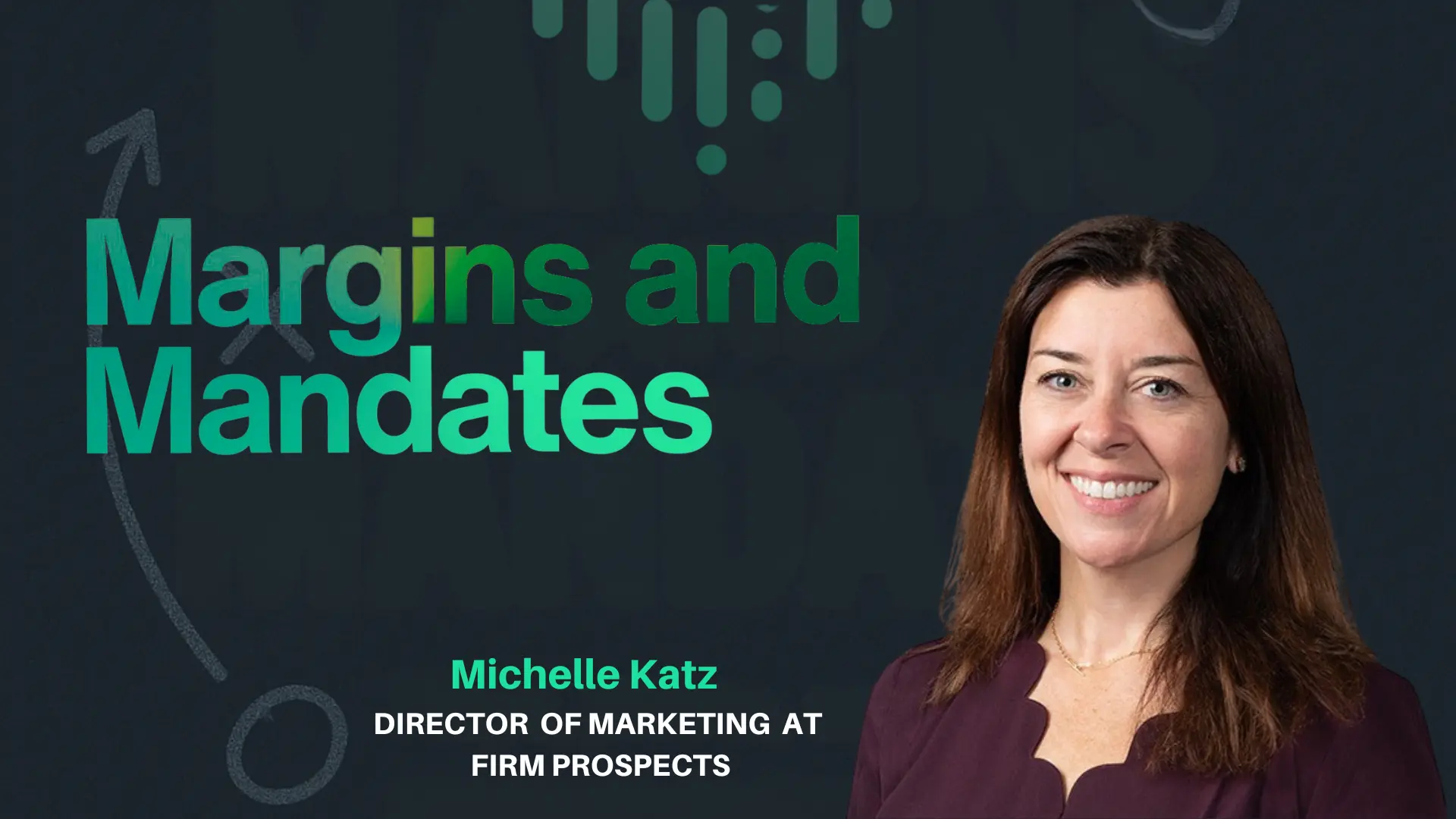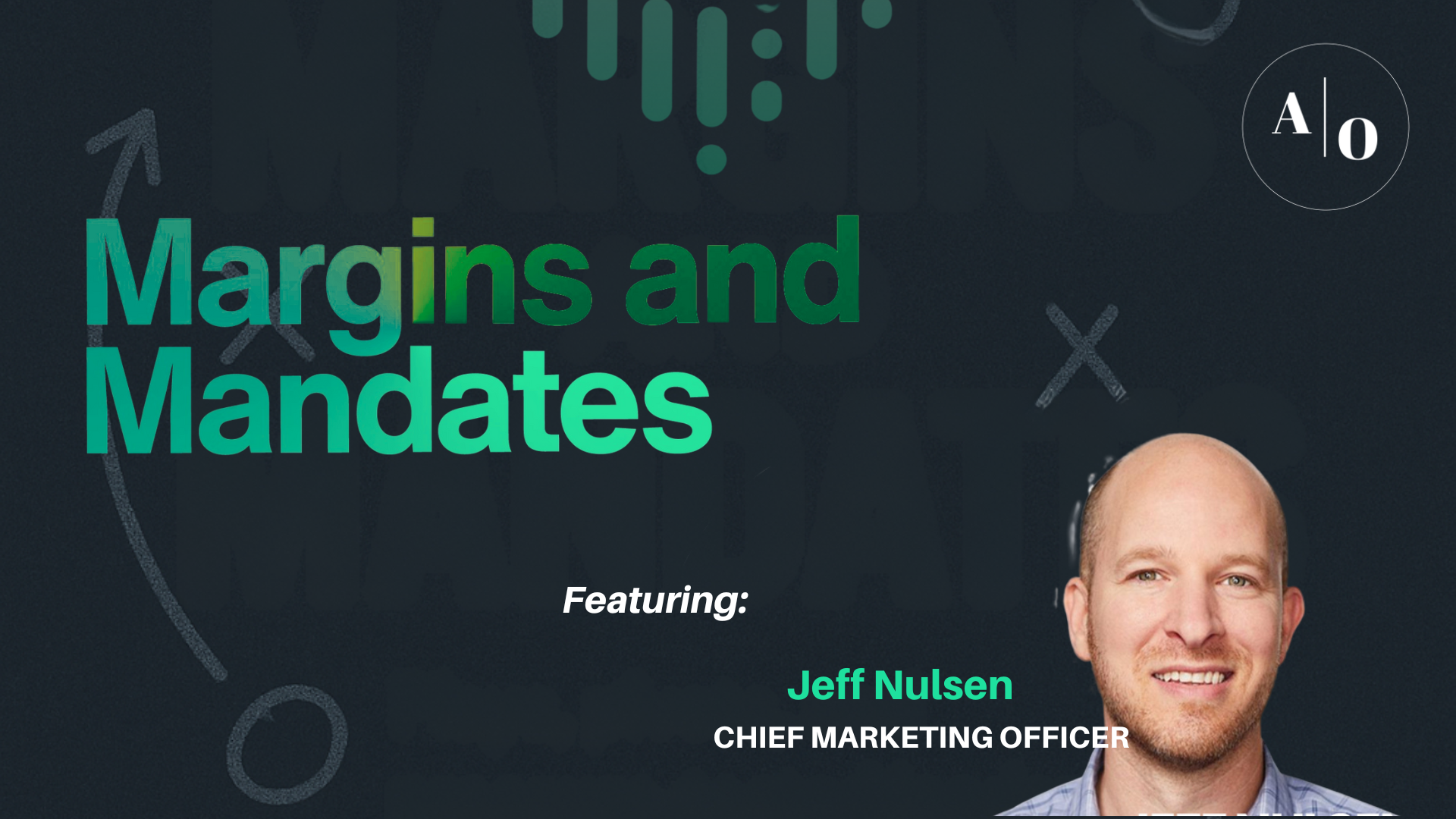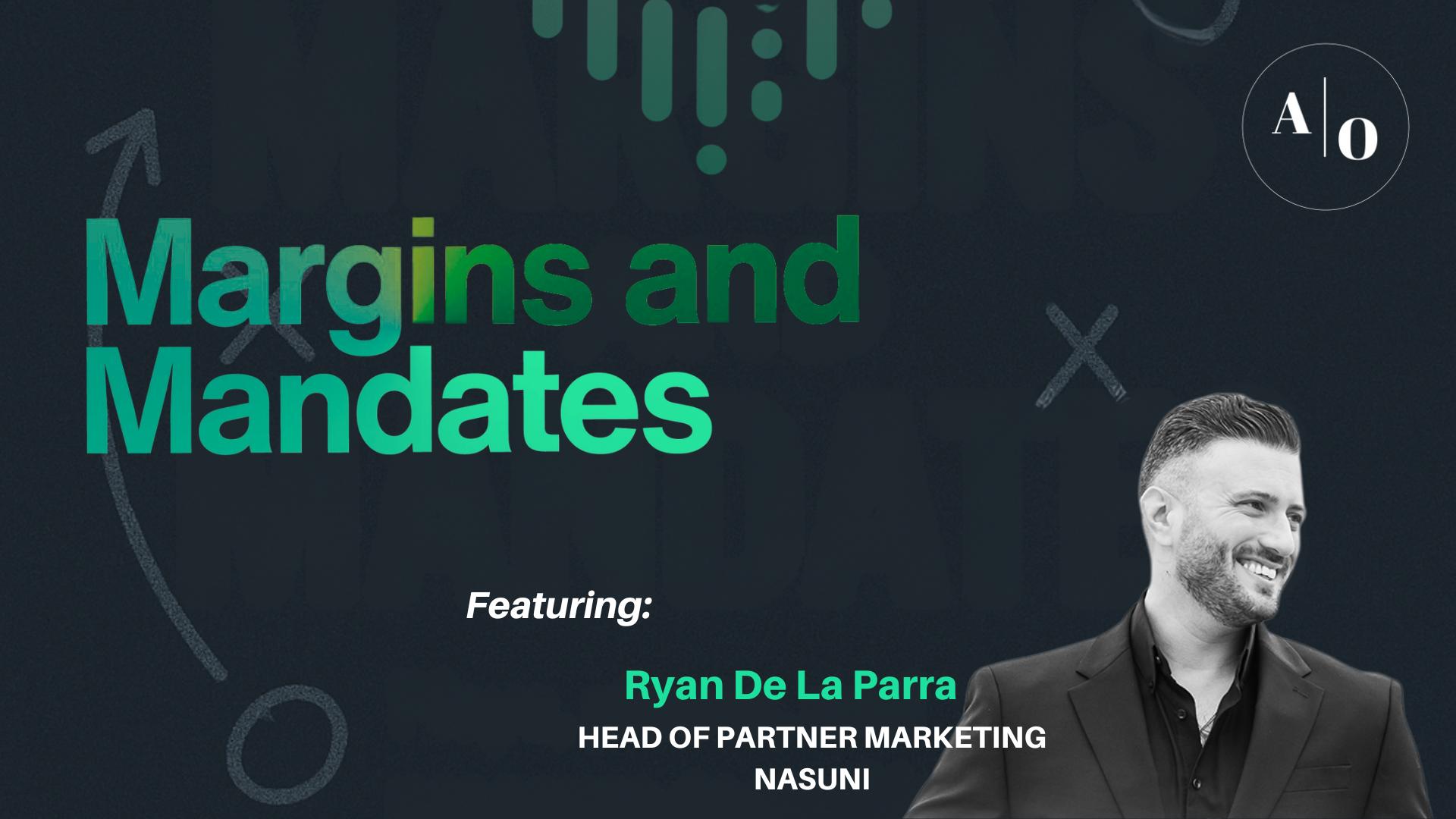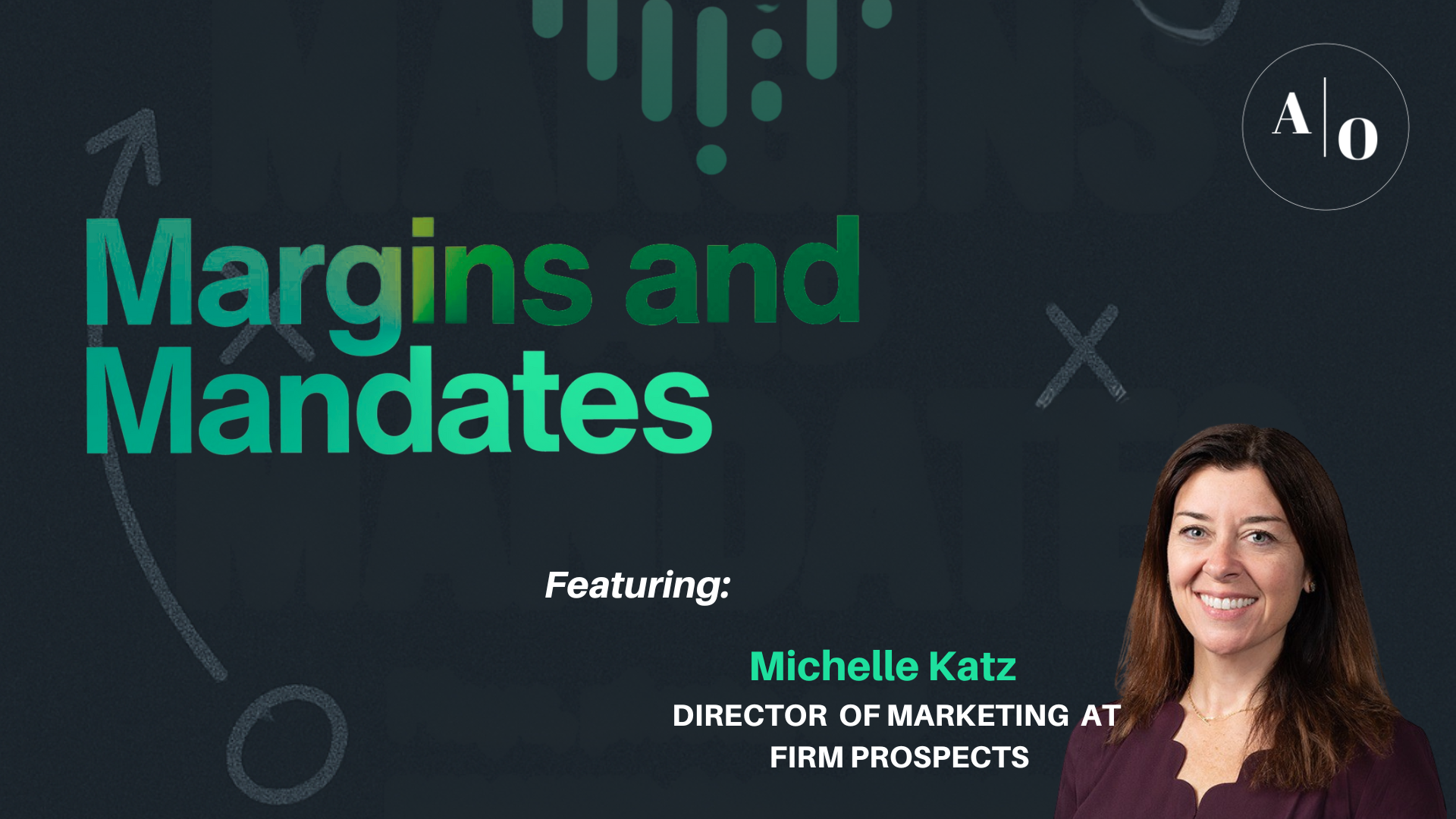Personally, I don’t respond to marketing emails regardless of how personalized the message is. See what I did there? In the brave new world of demand generation, you better have an inbound marketing engine with a personalization strategy beyond adding custom fields to an outbound email.
Marketers today must find the sweet spot between creating personal experiences and using efficient automation. Businesses can build meaningful connections at scale by tapping into smart strategies, solid data, and advanced tools. In this post, we’ll walk you through a practical maturity model to help you make steady progress and unlock a future full of opportunities.
Why Inbound Marketing is Stealing the Spotlight
Outbound tactics like cold emails and unsolicited ads are losing steam in the overcrowded SaaS market. With over 1,000 SaaS vendors vying for attention, the old playbooks just don’t cut it anymore. SaaStr sums it up: “The old outbound playbooks just don’t work well today.”
That has intensified the reliance on inbound marketing to generage pipeline, which if done right, is a smarter, more sustainable way to build your pipeline. By attracting customers with valuable content and authentic relationship-building, inbound offers game-changing benefits:
- Higher Conversion Rates: Inbound strategies convert at an average of 14.6%, compared to just 1.7% for outbound. It’s proof that meaningful engagement beats mass outreach every time.
- Cost Efficiency: Inbound isn’t just effective—it’s affordable. It costs about two-thirds less than outbound methods, and companies using inbound generate up to 126% more leads, according to Amplifyed.
- Stronger Customer Relationships: By creating content that resonates and builds trust, inbound fosters lasting relationships. Authentic connections lead to higher engagement and long-term loyalty, as highlighted by Saffron Edge.
Looking ahead to 2025, SaaS marketers are betting big on AI to cut costs, scale up content creation, and build more interactive, engaging experiences. But the real magic lies in using AI to supercharge your personalization strategies.
Building top-tier inbound marketing metrics with automated, hyper-personalized campaigns is no small feat, but a clear, step-by-step approach makes it manageable. By focusing on actionable goals and measurable progress, you can start seeing results quickly while setting the stage for long-term success. This strategy isn’t just about guidance—it’s about empowering you to unlock the full potential of personalization and drive real results.
Hyper-Personalization: The Future of SaaS Marketing
These days, personalization isn’t a nice-to-have—it’s what customers expect. According to an Epsilon report, 80% of customers are more likely to buy from brands that offer tailored experiences.
For SaaS businesses, this means delivering the right message to the right person at the right time—every time. AI-powered predictive analytics and customer segmentation are leading the way in what’s known as Hyper-Personalization.
Maturity models are a great way to track progress and plan for improvement. Breaking down the journey into clear stages shows how small, consistent steps can lead to big changes. This post will explore a marketing personalization maturity model that can help you drive more impactful results.
A Maturity Model for Personalization & Measuring Success
Rather than thinking of personalization as an all-or-nothing effort, a maturity model helps companies build their capabilities in phases. It provides a structured way to measure progress, prove impact, and scale efforts efficiently. Each stage of maturity should be evaluated using key success metrics, ensuring teams focus on the right priorities at the right time.
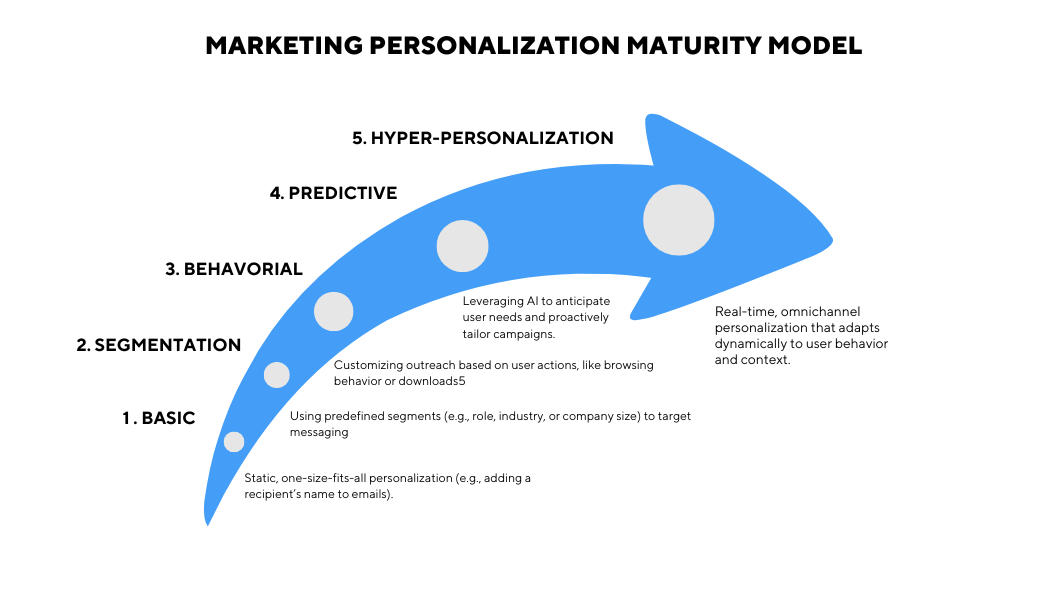
Level 1: Basic Personalization
Many companies start here—plugging in a customer’s name into an email subject line or sending generic welcome messages. While these efforts are better than nothing, they lack real relevance and often feel robotic.
Success Metrics: Open rates, click-through rates.
Further Reading: HubSpot’s Guide to Email Personalization
Level 2: Segmentation-Based Personalization
Marketers begin grouping their audience based on industry, company size, or job title. A CRM tool, for example, might target small business owners differently than enterprise executives. Segmentation helps refine messaging, but it still relies on broad assumptions rather than actual user behavior.
Success Metrics: Engagement rates by segment and content consumption.
Further Reading: Salesforce’s Segmentation Best Practices and our article, “Segmentation Strategies and How to Drive Engagement Through Personalization,” discusses customer segmentation strategies in depth.
Level 3: Behavioral Personalization
At this stage, personalization starts responding to what users do, not just who they are. If a prospect downloads a whitepaper, they receive a follow-up email with related insights. This level of personalization moves beyond surface-level targeting and starts creating more meaningful connections.
Success Metrics: Conversion rates on triggered emails, repeat engagement.
Further Reading: Optimove’s Behavioral Personalization Case Study
Level 4: Predictive Personalization
AI steps in to anticipate customer needs before they even express them. Think of Netflix recommending shows based on viewing history or Amazon suggesting products you didn’t even know you wanted. Predictive personalization uses machine learning to enhance user experiences dynamically.
Success Metrics: Lead-to-customer conversion rates, customer retention.
Further Reading: McKinsey’s AI & Personalization Report
Level 5: Hyper-Personalization
This is where personalization becomes real-time and omnichannel. A website dynamically changes based on a visitor’s past interactions. Emails adjust their content based on real-time engagement. Paid ads are served in the right moment based on AI-driven triggers. At this level, marketing feels effortless and highly relevant to the individual user.
· Success Metrics: Revenue impact, customer lifetime value (LTV), NPS scores.
· Further Reading: Forbes’ Deep Dive on Hyper-Personalization & AI
The Real Challenge: Resources & Execution
Scaling personalization isn’t just about having good ideas—it’s about having the right resources and overcoming execution barriers. Here are some of the biggest challenges companies face:
1. Fragmented Data: Customer data is often stored in multiple platforms—CRM systems, marketing automation tools, website analytics, and sales databases—making it difficult to get a unified customer view. Solution: Use a Customer Data Platform (CDP) like Segment, BlueConic, or Treasure Data.
2. Lack of AI & Automation: Many companies rely on manual workflows, limiting their ability to scale personalized messaging. Solution: Implement AI-driven tools like Optimove, HubSpot’s Smart Content, or Adobe Sensei for predictive personalization.
3. Siloed Teams: Marketing, sales, and customer success often work separately, leading to inconsistent messaging. Solution: Invest in cross-functional training and use a collaborative tool like Slack, Trello, or Notion to align personalization efforts.
How to Start Small But Think Big
To effectively bridge the gap between initial experiments and long-term transformation, aligning small-scale efforts with a broader strategic vision is essential.
Perfection is not attainable, but if we chase perfection, we can catch excellence.
Vince Lombardi
1. Identify High-Impact Pilots
Start with initiatives that target specific customer segments or behaviors. For example, a SaaS company focused on collaboration tools could create a pilot targeting trial users. The company can drive higher trial-to-paid conversions by personalizing follow-up emails based on user activity (e.g., “You explored team management features—here’s how to make the most of them”).
Case Study:
DemandBase emphasizes starting with high-value accounts, leading clients to see improved retention rates and increased engagement.
2. Use Scalable Technology
Choose tools that allow you to expand your efforts without overhauling your tech stack. AI-powered marketing platforms can automate outreach and deliver personalization based on user data. For example, an email platform that triggers content suggestions based on browsing history can handle both small pilots and larger campaigns.
Tools like ActiveCampaign can automate outreach and deliver personalization based on user data. Mailchimp’s Customer Journey Builder lets you trigger email content based on browsing history, making it effective for both small pilots and larger campaigns
3. Measure ROI Early
Before scaling, ensure your pilot has clear success metrics. For demand generation, these might include conversion rates, click-through rates, or demo sign-ups. Small wins create the foundation for larger investments.
Case Study:
HubSpot’s early personalization strategies targeted industries and company sizes, achieving 30% higher conversion rates.
Key Takeaways
Where does your company fall in the Personalization Maturity Model? Assess it honestly, set realistic goals, and start making incremental progress today.
Remember:
- Personalization isn’t a quick fix—it’s a long-term strategy that must evolve over time.
- A structured maturity model helps companies benchmark progress and set realistic goals.
- Measuring success at each stage ensures companies can track ROI and refine their approach.
- Investing in the right tools—AI, automation, and CDPs—makes personalization scalable and effective.
- Starting small and proving impact early is the key to gaining executive buy-in and avoiding costly mistakes.


